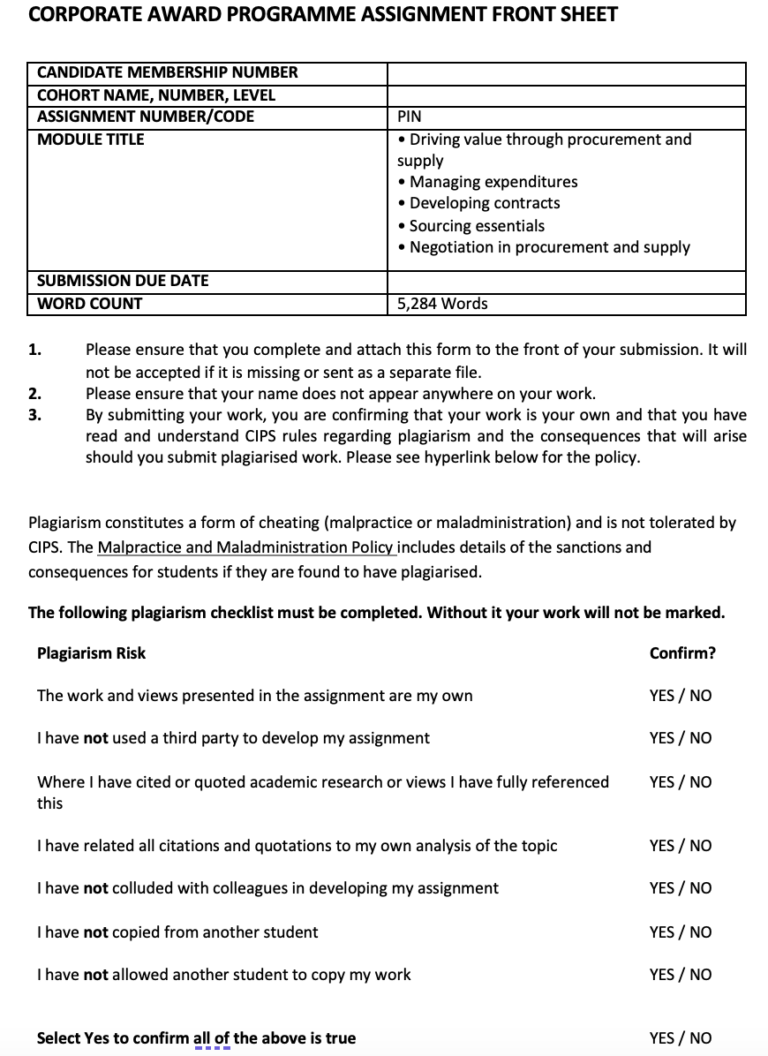Description
Solution
Introduction
Leadership and management are vital issues in organisational growth and development. However, Azad et al. (2017) note that the two are independent functions, which promote change and teamwork in the organisation. Drawing from current literature, leadership is defined in visionary and the right actions. Management involves task-orientation and doing things right. Several leadership styles exist. Transformational leadership, for instance, is concerned with change and motivating employees. However, leadership and management are influenced by several issues, including ensuring the productivity and performance of the employees, managing change, training and development, and the individual’s wellbeing. This presentation entails two leadership and management challenges experienced at the organisation. The issues are examined based on Virani Food Products Limited. The two issues examined are ensuring employee productivity and performance and managing change.
Organisation of Interest
Virani Food Products Limited is a family owned business that was established 4 decades ago. The organisation is founded on the Virani brand of gram flow that has become the preferred supplier of pulses, seasonings, and spices to most manufacturing organisations. These companies service the majority of dynamic and demanding retail markets globally. Together with the organisational partners in the origin states, Virani Foods Products Limited source for ingredients to suffice the evolving technical needs of the regulators and customers (Virani.com). The firm also ensures continuity in the supply of the consistently high-quality goods to its customers.
ISSUE ONE: ENSURING EMPLOYEE PRODUCTIVITY AND PERFORMANCE
Ensuring Employee Productivity and Performance
Employees’ performance is based on several factors. According to Kenny (2019), among these aspects in training and development, which improves the individual’s capability. Several forms of training exist, including on the job training, simulations, and using lectures. Notably, individuals that undergo on-the-job training have better performance since this increases their competencies and skills that arise from experience. Another aspect of ensuring employee productivity is performance appraisal. This precedes training and development. According to CIPD (2019), performance management aids in understanding what the organisation expects from them, evaluating the individual’s output and contribution to the company, and ensuring that the individuals are accountable. Feedback from performance management informs the training and development. This ensures that the individual’s performance is aligned with the company’s objectives.
Please click the icon to access this assessment in full
Related Papers
(Solution) CIPS PIN Final Assessment Negotiation in procurement and supply
- In this integrative assessment for Corporate Award Program establishes it has provided a formal commercial negotiation for Occidental of Oman operating in oil and gas industry.
- Commercial negotiation plan has been developed by reference to data, factual information and CIPS tools. HSE and chemicals portfolio spend category has been identified and evaluated in-depth to come up with an appropriate negotiation plan.
- The importance of identifying the HSE and Chemicals are informed by the previous COVID-19 pandemic which has informed on the need for adopting healthy business environment which is free from any infections.
- Further, coming from the pandemic where the level of business operations had significantly reduced and the organisation need to restart their operations by cleansing their systems and machines. In this case, the need for HSE and the chemicals portfolio in Occidental of Oman has been in an upward trajectory.
- For negotiation successful implementation, Occidental of Oman involves professionals, terms and conditions initiated, holistic readiness and streamlined procurement and supply chain approaches. This is with good forecast and plans being core for guaranteeing customers services delivery on time.
- From the analysis, different tools including SWOT, PESTLE and 4R’s have evidenced that Occidental of Oman is always on the advantage of ensuring they achieve the Best Alternative for Negotiated Agreement (BATNA).
- Also, this report highlight the need for holistic planning by prioritising on all expectation from the initial opening to the closure and agreement phases of negotiation.
(Solution) CIPS Emirates Transport Company Advanced Practitioner Corporate Award APCM
- Transport Company (ET) power distribution and risk of supplier and organisation.
- By evaluating the ET company, a general contract has been selected which is used in sourcing different products and services in the organisation.
- Through an analysis of the contract, the power distribution and risk of ET and their suppliers has been established. Through the use of statistics and desk research, appropriate findings have been obtained.
- Also, the Supplier Preferencing Matrix, Porter’s 5 Forces and Turnkey Models and SWOT analysis have been used. The findings indicate that the risks and power are significantly distributed amongst the different stakeholders.
(Solution) CIPD Level 5 ICS Learn Wellbeing at Work (5OS07)
(Solution) CIPS MER Developing Contracts
- In SWOT analysis, one of the identified weakness is failure to use technologies in their sourcing approach. As a best practice, Ericsson can make investments in modernised technology including AI, machine learning in improving their sourcing strategies
- Since there is no one-size-fits all approach of selection criteria and sourcing strategies, the best practice would be to harness collaborative and partnerships relations for success of their sourcing.
- Pursue a holistic L&D practices by the PS&M in order to understand the best sourcing approach which would be in a position of enhancing the overall process of sourcing
- Further, from the risk analysis, some of the risks identified are not UpToDate. Hence, it is important continuously updating supply chain networks for identifying potential risks which are internal and external.



